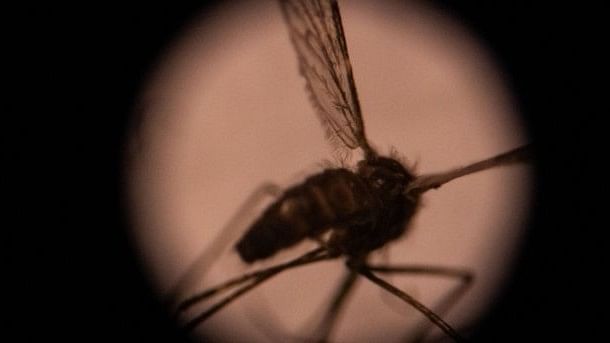
Representative picture of a chikungunya -spreading mosquito.
Credit: iStock Images
In line with the trend of the past few years, Karnataka continues to contribute the highest number of chikungunya cases in the country, data from the National Centre for Vector Borne Diseases Control shows.
The disease, transmitted by Aedes Aegypti mosquito, peaks between June and September when intermittent rains lead to increased mosquito breeding.
Between January this year and July 31, Karnataka recorded 693 confirmed cases, which made up 38.6 per cent of the cases recorded nationally. Over the past five years too, except in 2021, Karnataka contributed to the highest number of chikungunya cases in the country.
In 2018, 2019 and 2020, the state witnessed 2,546, 3,664 and 1,326 cases respectively, which made up 26 per cent, 30 per cent and 21 per cent of the national cases in those years. Only in 2021, Karnataka had the third highest cases (2,188) after Gujarat and Maharashtra.
Again in 2022, it had the maximum cases at 2,312 or 28.6 per cent of the national cases.
An official at the health department, however, attributed the high numbers to the state’s surveillance measures. “Other than the samples being tested directly for chikungunya, we are also testing the samples that test negative for dengue,” he said.
Cases highest in Mysuru
As of September 6, the state had 910 cases, of which the highest were in Mysuru district (142), followed by Vijayapura (96) and Shivamogga (81). All districts, except Dakshina Kannada and Uttara Kannada, have reported cases. Out of 237 taluks, 71 have been affected.
The official said cases are high among migrants working and living in construction sites as these areas have stagnant water and poor sanitation. “About 10% cases are from this population alone, and the rest are sporadic cases that don’t indicate clear patterns,” he said.